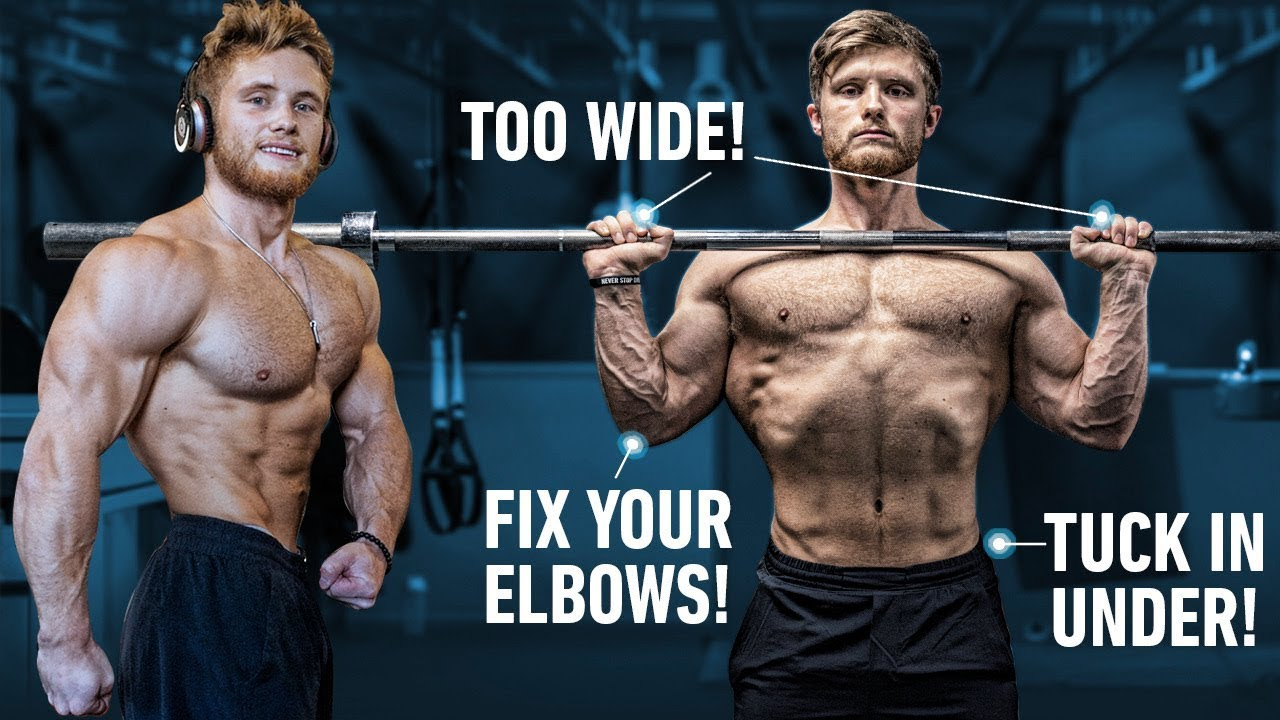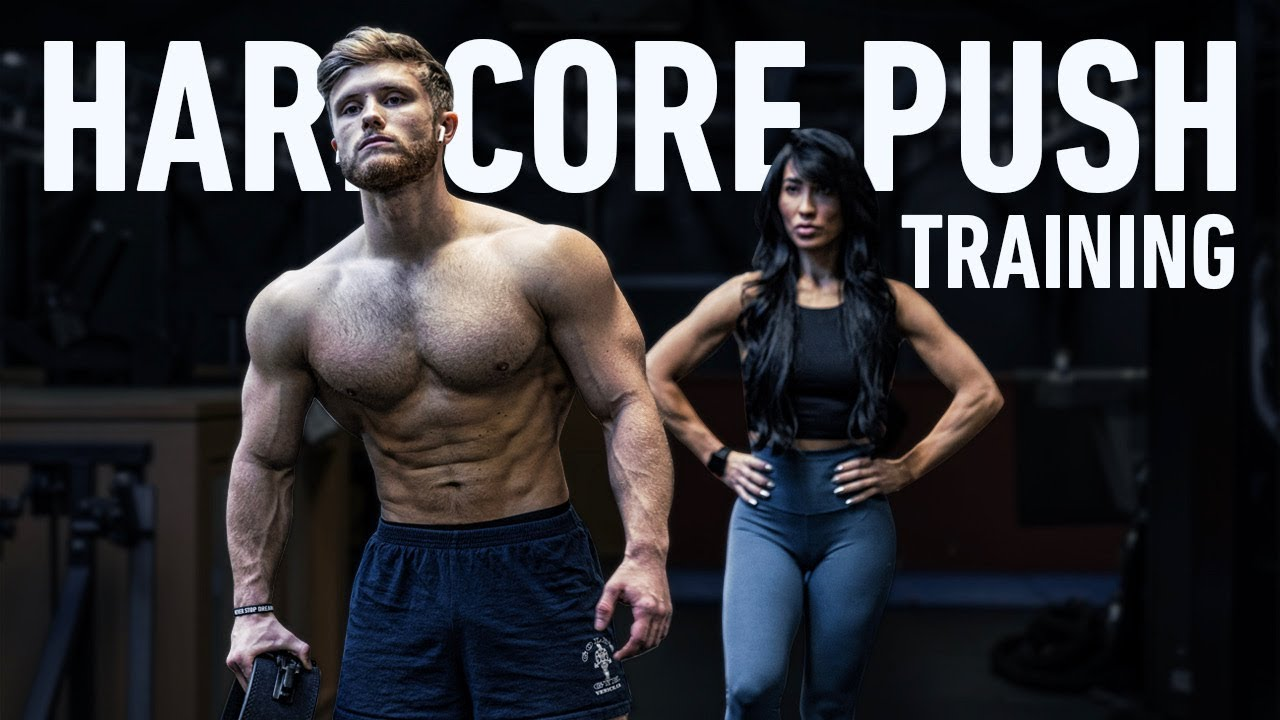The overhead barbell press (OHP) is one of the most fundamental exercises for building upper-body strength and muscle mass. While it’s often overshadowed by the bench press, the OHP remains a critical lift for developing powerful shoulders, triceps, and overall pressing strength. When executed correctly, it’s not just a shoulder builder—it’s a full-body movement that challenges stability, core strength, and coordination.
In this guide, you’ll learn the muscles targeted, proper technique, common mistakes to avoid, and variations that will help you build strong, well-rounded shoulders.
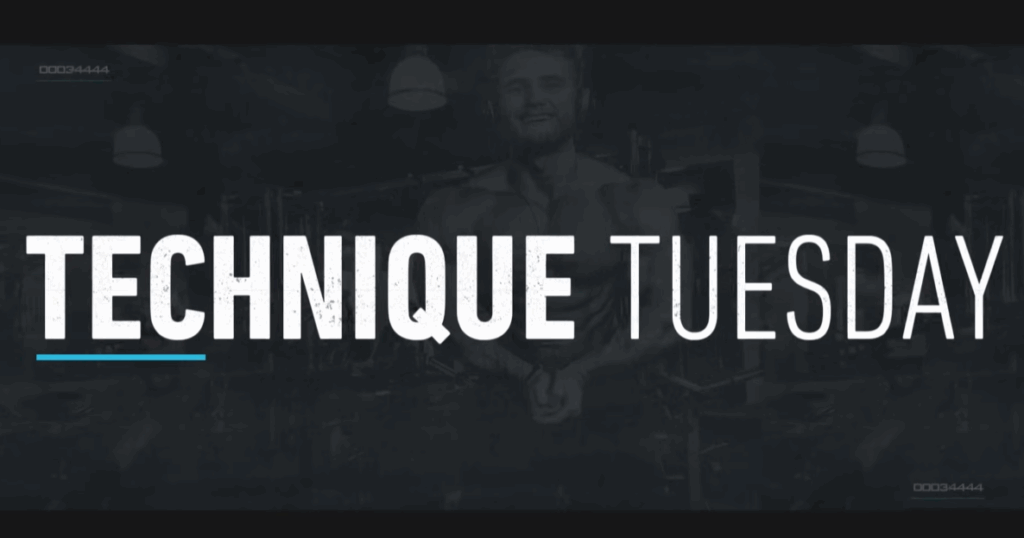
Muscles Worked in the Overhead Press
The overhead press is a compound exercise, meaning it targets multiple muscle groups at once:
- Primary Movers
- Front deltoids (anterior delts): The main muscle responsible for lifting the bar overhead.
- Upper chest (clavicular head of the pectorals): Provides secondary assistance, especially at the start of the press.
- Triceps: All three heads are heavily involved in locking out the elbows.
- Supporting Muscles
- Upper traps and serratus anterior: Stabilize and rotate the shoulder blades upward as the bar moves overhead.
- Core and spinal erectors: Maintain an upright torso and prevent excessive arching.
- Glutes and legs: Although not primary movers, strong glute activation keeps the hips stable and prevents the lower back from overextending.
Because the OHP works multiple joints and large muscle groups, it’s highly effective for building functional strength and overall pressing power.
Why the Overhead Press Deserves a Spot in Your Program
The overhead press is often referred to as the “standing bench press” for a reason. Here’s why it’s worth including:
- Progressive overload potential: Being a barbell movement, it allows for gradual weight increases over time, although progress is generally slower compared to bench pressing.
- Full range of motion: The OHP trains nearly 180 degrees of shoulder flexion, making it excellent for building mobility and strength through a long range of motion.
- Athletic carryover: Strong overhead pressing improves shoulder stability, which can benefit bench pressing, Olympic lifting, and even everyday activities requiring overhead strength.
However, if side delt (lateral deltoid) hypertrophy is your priority, research suggests that dumbbell presses or lateral raises might provide better activation. The OHP heavily favors the front delts, making it less ideal as a sole shoulder hypertrophy tool.
Setting Up for the Overhead Barbell Press
Proper setup is critical for maintaining safety and maximizing strength output.
Rack and Grip Setup
- Barbell height: Place the bar in a squat rack at roughly armpit height so you can unrack it without excessive bending or tiptoeing.
- Grip width: Grip the bar slightly wider than shoulder width, keeping wrists stacked directly under the bar.
- Hand position: While beginners should stick to a standard grip, experienced lifters sometimes use a thumbless (suicide) grip to keep the bar aligned over the forearm.
- Elbow position: Keep elbows slightly in front of the bar, angled about 45 degrees from the torso. Flaring too wide can cause shoulder strain, while tucking too much limits power.
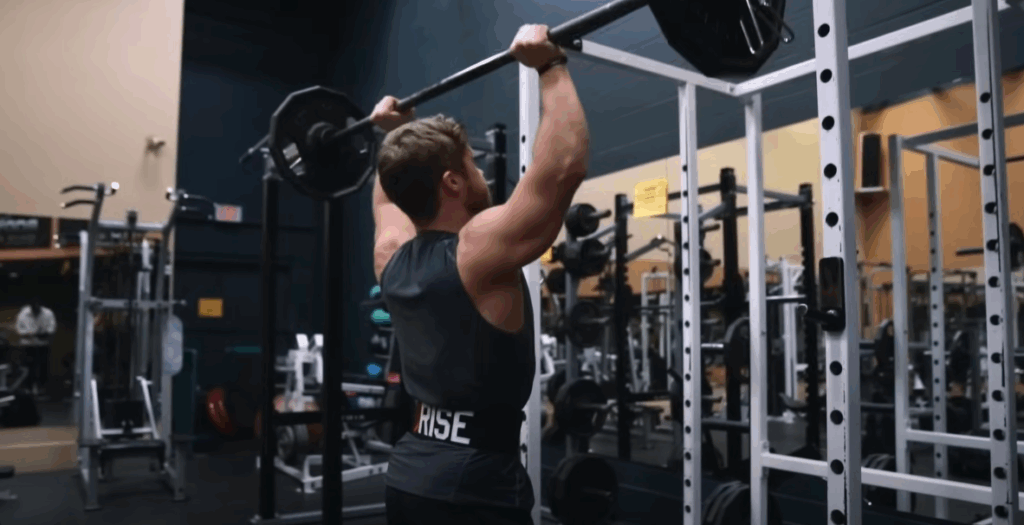
Perfect Technique: Step-by-Step Guide
1. Unrack the Bar Correctly
- Stand with feet shoulder-width apart, directly under the bar.
- Brace your core, slightly bend your knees, and stand up tall to lift the bar off the rack.
- Take 2–3 controlled steps back and firmly plant your feet with a slight outward toe flare (~15 degrees).
2. Bracing and Starting Position
- Glutes tight: Squeeze your glutes to stabilize the pelvis and protect the lower back.
- Neutral spine: Avoid overarching the lower back.
- Breathing: Take a deep diaphragmatic breath, expanding your midsection against your belt (if you use one). This increases intra-abdominal pressure for stability.
3. The Pressing Phase
- Bar path: The bar should travel in a straight vertical line.
- Head movement: Gently tilt your head back as you initiate the press, then push it forward once the bar passes your forehead.
- Finish position: Lock out your elbows overhead, with the bar stacked in line with your shoulders, hips, and midfoot.
4. The Eccentric Phase
- Lower the bar under control, dropping elbows at a 45-degree angle until the bar lightly touches the upper chest or collarbone.
- Pause briefly to eliminate momentum before starting the next rep.
Reps, Sets, and Load Recommendations
Because the OHP is a strength-focused compound lift, it responds best to moderate-to-heavy loads:
- Strength focus: 4–6 reps, 3–5 sets, using ~75–85% of your 1-rep max.
- Hypertrophy focus: 6–10 reps, 3–4 sets, using moderate weight.
- Accessory dumbbell presses: 8–15 reps to maximize shoulder growth.
Progress will likely be slower than other compound lifts, so focus on gradual increases while maintaining strict form.
Dumbbell and Seated Variations
While the barbell press is great for overall strength, including variations can target muscles differently and reduce imbalances:
- Standing Dumbbell Press:
- Allows for a more natural range of motion and isolates each arm individually.
- Better for lateral delt activation compared to the barbell version.
- Seated Overhead Press:
- Allows heavier loading due to reduced stabilization demands.
- Better suited for hypertrophy work.
- Arnold Press or Neutral Grip Dumbbell Press:
- Enhances shoulder mobility and reduces stress on the shoulder joint.
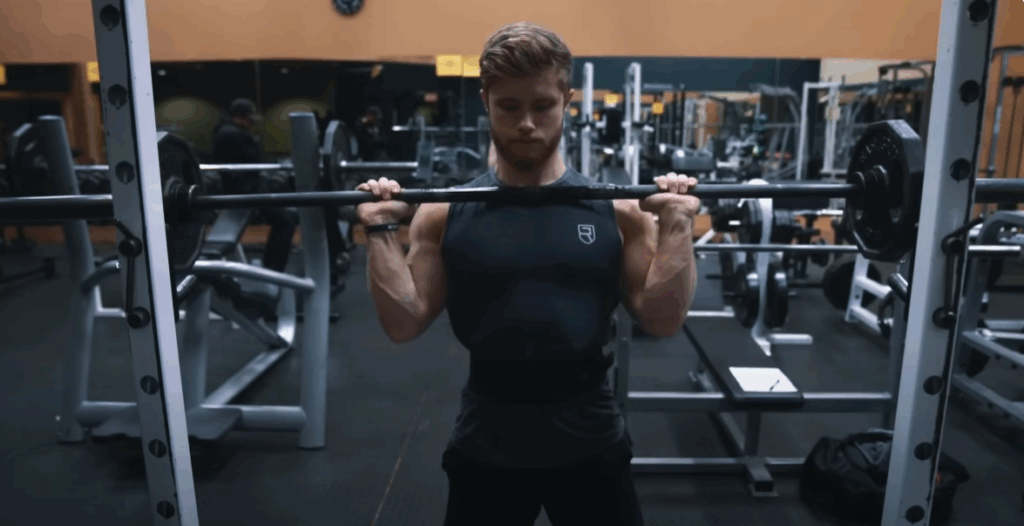
Common Overhead Press Mistakes
1. Cutting the Range of Motion
Failing to lock out at the top or stopping the bar several inches above the chest shortens the range of motion, reducing strength gains. Touch your chest lightly and press to full lockout.
2. Excessive Leaning or Lower Back Arching
Leaning too far back turns the lift into a high-incline bench press and risks lumbar strain. Keep glutes tight and ribs down.
3. Using Momentum or “Push Pressing”
Bouncing the bar off the chest or using leg drive turns the movement into a push press. Save strict presses for building true shoulder strength.
4. Not Engaging the Glutes
Loose glutes cause hip shifting, throwing the bar path forward and stressing the lower back.
5. Shrugging Early
Overusing the traps too soon reduces front delt engagement and makes the lift harder to control.
Final Thoughts
The overhead barbell press is a staple for anyone looking to build strong, powerful shoulders. While it may not be the ultimate exercise for side delt hypertrophy, it’s an essential vertical pressing movement for overall strength and functional performance.
Incorporate it into your program 1–2 times per week, pair it with lateral raises or dumbbell presses for balanced shoulder growth, and focus on strict technique rather than chasing heavier weights too soon. With patience and progressive overload, your shoulders—and your overall upper-body strength—will significantly improve.


